

Lorelei Trisca
8 min road
In the current digital landscape, customer service is far more than just a function of customer support. It is the lifeblood of any online business. A single poor customer service experience can jeopardize sales, cause loss of reputation, and move customers to your competitors. Research has shown that poor customer service can affect sales more than pricing or product quality, making it one of the top customer service mistakes that online businesses can't afford to ignore.
For e-commerce brands and small businesses, establishing improved customer service in e-commerce is indispensable. Whether it is waiting too long for a response to an inquiry, the common customer support mistakes of poor mobile experiences, or simply poor follow-up, customer service errors can erode customer trust and loyalty. There are ways to implement best practices to improve customer service and avoid those pesky customer service mistakes while improving your customer experience to increase growth.
In this blog, you will learn about the 7 common customer service mistakes online businesses make, the effect they have on sales, proven techniques for improving online customer experience and keeping customers coming back.
One of the biggest customer service mistakes online businesses make is delayed response times. In the fast-paced world of e-commerce, customers expect real-time support—whether they’re asking about product details, shipping, or returns. When responses take hours (or worse, days), frustration builds, and shoppers often abandon your store for competitors who respond faster.
Bad Customer Service Example: Imagine a customer asking about size charts at an online clothing store. If the response comes three days later, chances are the customer has already purchased from another retailer with faster support.
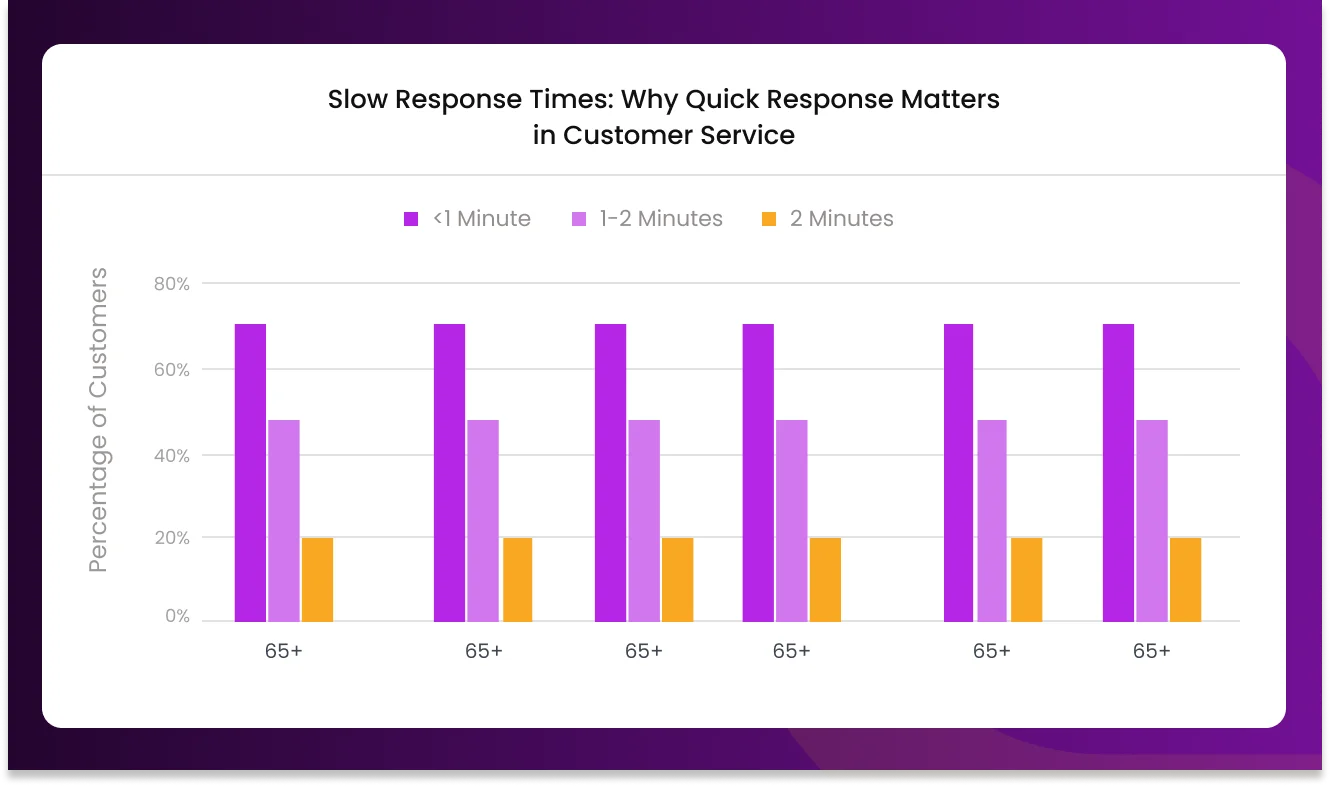
Speed is critical in building a positive customer experience. Research shows that web response times under 200 milliseconds feel instant, while anything over 1 second risks losing users. Long delays not only frustrate customers but also damage your brand reputation.
By prioritizing fast customer support, online businesses can significantly boost retention, trust, and sales.
Want to reduce response times and keep customers happy? Try Chattrik’s live chat solution today.
Generic replies like “We’re sorry for the inconvenience” feel robotic. Customers expect personalized service experiences, especially in online business customer support.
Poor Customer Service Impact:70% of consumers say a personalized experience influences their loyalty.
If you're not providing your customers with the individualized attention they need, they will take their business elsewhere – emotions matter in businesses.
With the wide range and variety of choices on the market today, it’s rather simple to find someone who’ll be better than you at something.
A 2019 study by CGS found that a massive 86% of consumers prefer to interact with a human agent over a chatbot. It also found that 71% (7 in 10) of consumers would be less likely to use a brand if it did not have human customer service representatives available.
Elsewhere, it’s thought that 60% of consumers believe human agents would better understand their needs than a chatbot would.
Interestingly enough, a study by Forrester Research found that companies that deliver excellent customer service experience grow revenues at twice the rate of those that don't. 63% of consumers expect businesses to know their unique expectations and needs.
In exchange for tailored interactions where customer needs are immediately identified and understood, 79% of customers are willing to share relevant information about themselves with businesses.
When you offer personalized experiences to consumers, you can increase your conversion rate by roughly 8%. A study by American Express found that 89% of customers would leave their current provider for a competitor if they received poor service.
That's a lot of potential business you're losing simply because you're not providing the individualized attention your customers need.
The Internet Era has seen the rise of online-first strategies, which have demonstrated that digital sites merely focusing on always being ‘open’ rather than having personnel readily available for customers will lead to alienation among consumers.
71% of consumers say they prefer personalized ads. Unsurprisingly, customers love relevant, personalized messages tailored to their specific needs. Unfortunately, 27% of marketers admit that they are unable to deliver the right message to the right people at the right time.
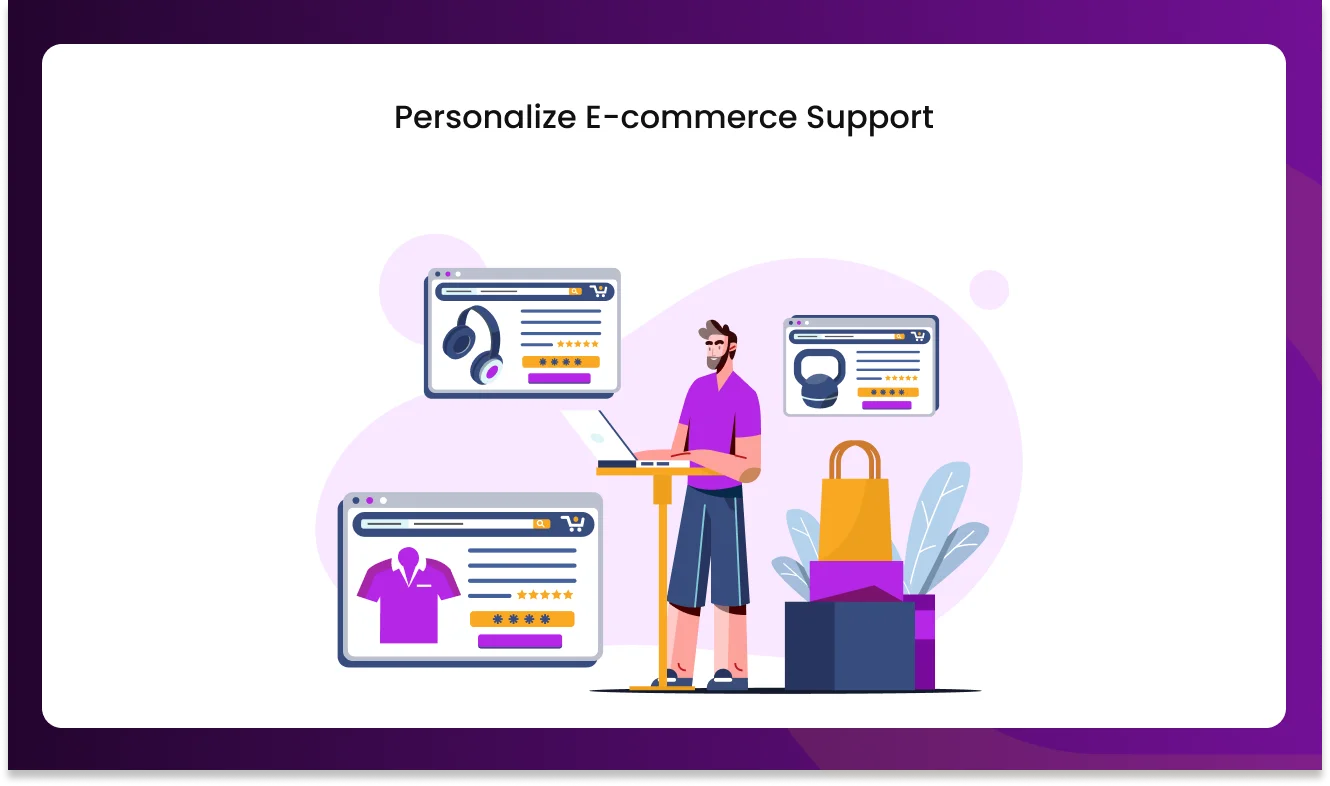
Most marketers don’t know who their customers are. If you don’t know your customers, providing them with cohesive messages across platforms is impossible.
A company’s data is just one piece of the KYC puzzle. Failing to fill those knowledge gaps makes for insubstantial and weak data sets.
Gather stronger data to feed your automation tools. And marketers agree with this notion. 20% of marketers cited a lack of robust technology tools as a barrier to implementing multichannel marketing.
Organizations looking to implement a multichannel marketing strategy should fill their data gaps with relevant, accurate, and complete data to stitch together reliable and vibrant customer profiles.
It is preferable to use the customer’s name in conversations, leverage customer data (past orders, preferences, interactions), and train agents to provide empathetic and human-like communication.
Give your customers personalized service at scale with Chattrik’s intelligent chat support.
One ecommerce customer service blunder that is commonly missed is failing to follow up with the customer after they have resolved their issue or made their purchase. Many companies believe the transaction is complete once they have delivered a product, but that is only the first step in building a customer relationship.
A customer calls an electronics store about a faulty charger. The support team identifies a defect and resolves the issue by sending a replacement charger. The support team and the company never follow up with the customer to check whether the defective charger was received or if they were satisfied with the replacement received. Without follow-up, the customer will feel unwanted and will be less likely to return.
Customers feel your services are transactional instead of relationship-oriented. You lose the opportunity to reinforce repeat purchases or upsells. Unsatisfied customers may become silent churners without feedback.
Send post-purchase follow-up emails to customers to check if customers are pleased with their order. It is suggested to use automated survey tools to capture feedback on the purchases and/or support experience. Train agents to close conversations with clear next steps and ensure that more assistance can be provided if needed.
Deliver the perfect balance of automation and human touch with Chattrik’s hybrid chat system.
One of the worst common customer support errors is not acting on feedback. Customers leave reviews, send surveys, or chat with agents—but businesses often fail to track or implement improvements.
Poor Customer Service Impact on Sales: Businesses that ignore feedback see higher churn rates.
A well-thought-out strategy is the foundation for effective VoC implementation. It should outline your goals, target audience, feedback collection channels, and data analysis methods. This strategy will serve as a roadmap, ensuring that you’re consistently gathering valuable insights that can be used to improve your business and customer experience.
Choose the right toolsSelect VoC tools that align with your strategy and make it easy for your team to manage and analyse customer feedback. There are various tools available, such as surveys, social media listening platforms, and customer service ticketing systems. These tools can help you collect, analyze, and act on customer feedback, enabling you to address issues and implement improvements based on their input.
Encourage feedback at every touchpointSolicit feedback throughout the entire customer journey, including during the sales process, after a purchase, and following customer support interactions. This will help you identify issues and opportunities for improvement across all aspects of your business. Additionally, it demonstrates to your customers that you value their input and are committed to continuously improving their experience.
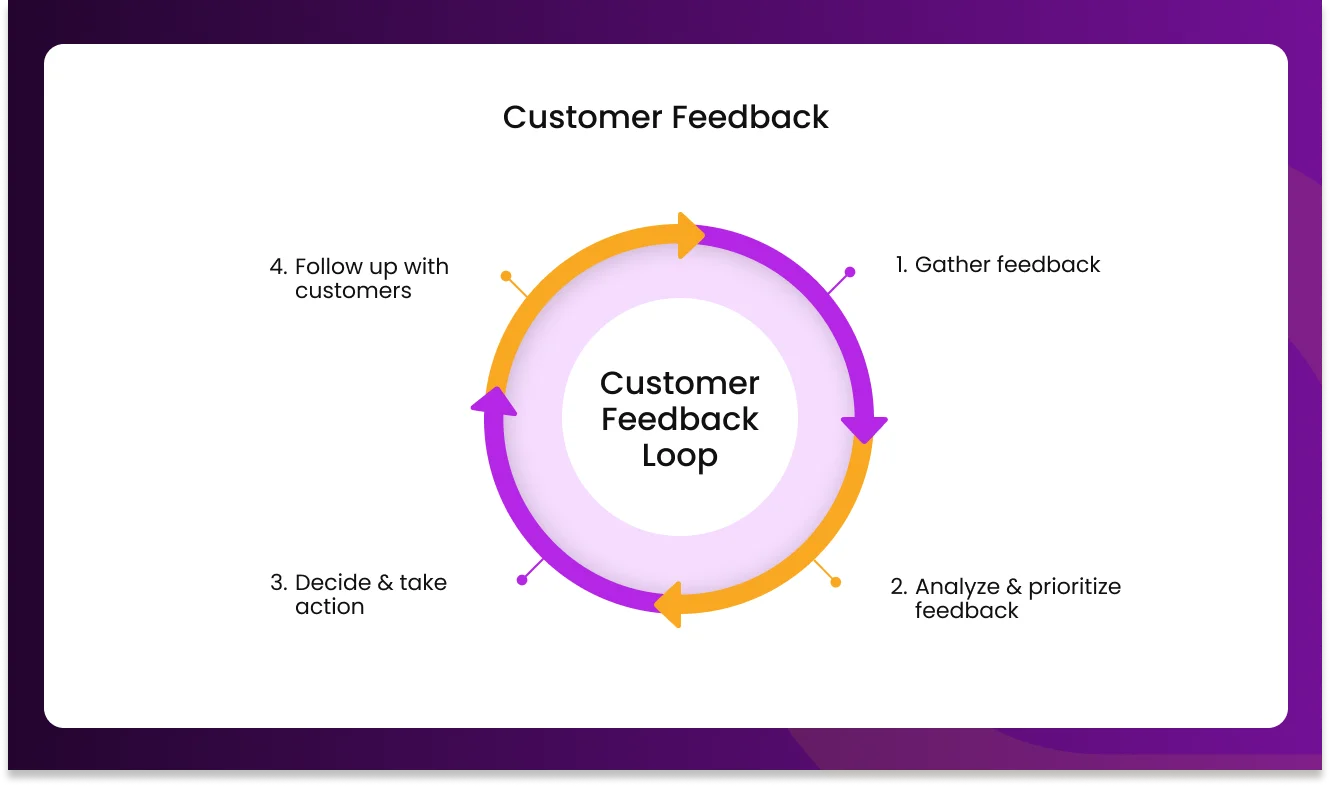 Close the loop with customers
Close the loop with customers
Show your customers that their feedback is valued and heard by sharing the improvements you’ve made based on their input and expressing gratitude for their contributions. This not only builds trust and fosters customer loyalty but also encourages ongoing feedback, creating a virtuous cycle of continuous improvement.
Turn customer feedback into growth opportunities with Chattrik’s analytics dashboard.
In the world we live in today, customers want to engage with support, as needed, from their mobile phones. Customers are shopping on your site, checking on their order, reaching out for help, etc. Any bad experiences with a mobile phone could lead customers to the competition. The problem is that many online retailers are slow to optimize their customer service channels for mobile users, resulting in unnecessary friction.
Bad Customer Service Illustration:A customer reaches out to an online apparel retailer via live chat on their mobile device, but the live chat dialog is very clunky, the text is overlapping the screen, and they are waiting far too long for the copy to load. The customer gave up and proceeded to abandon their cart and provide a negative review.
How Poor Service May Cost Your Business:Be sure customers can easily navigate and complete the necessary input with as few buttons as possible, at the quickest speed possible, with even quicker loading times and with as few text inputs as possible.
With 74 percent of business leaders saying that customer service has become even more important due to the economic downturn, companies must ensure that their service teams are set up for success.
Meanwhile, customers want better service—especially since the pandemic—and they’re growing impatient for it. In fact, according to our CX Trends 2023 Report, over a third of North American customers (37 percent) are willing to walk out the door after a single bad service experience. So, how can companies ensure good customer service?
The best way to guarantee a positive service experience is by training your customer service agents. In fact, as we’re entering a period of uncertainty, customer education programs can play an important role in the longevity of an organization and its customers. By establishing an ongoing relationship focused on helping customers, trust is built that can weather the most turbulent of times.
Even the best tools can’t fix poorly trained agents. Lack of product knowledge, problem-solving skills, or empathy can result in bad customer service examples that go viral.
How to Avoid It: Train Customer Service StaffTrained agents are the key to retaining your customers, especially as customers are looking for meaningful service experiences. According to our research, over half of business leaders (60 percent) say that customer service has had an impact on customer retention. Sixty-five percent of these leaders also believe customer service has had a positive impact on business growth.
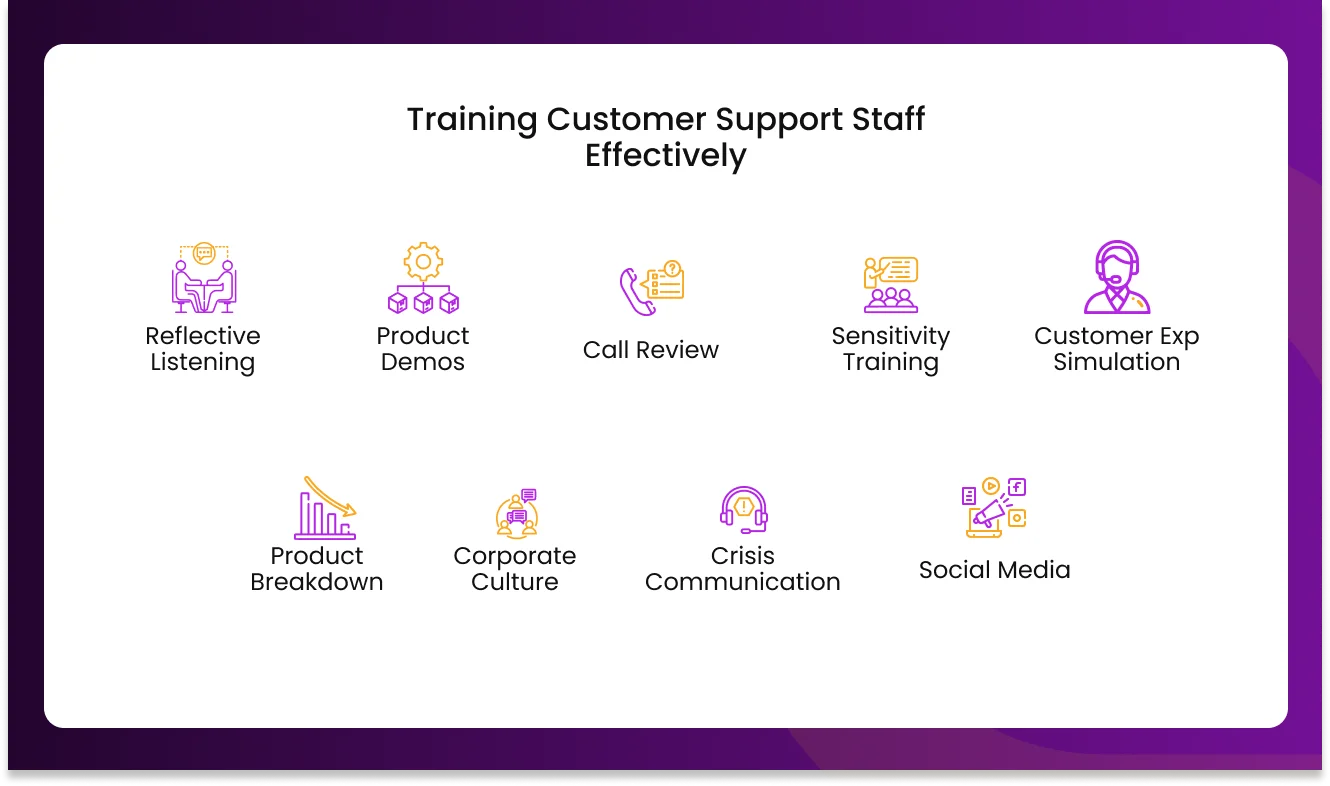
And while service agents support customers with their queries, they can also be responsible for driving revenue for many businesses. Provided they are given the right training, agents can identify cross-selling opportunities while conversing with customers. In fact, nearly half of business leaders report an increase in their ability to cross-sell in 2022.
Your service teams are becoming solely responsible for increasing revenue through cross-selling opportunities, customers’ perception of your organization, and the loyalty they have towards you. Investing in the training of your customer service agents puts the odds in your favor when it comes to emerging from this economic downturn successfully.
Many businesses fail to track metrics like First Response Time, Resolution Time, or Customer Satisfaction Scores (CSAT). Without data, it’s impossible to know if you’re improving.
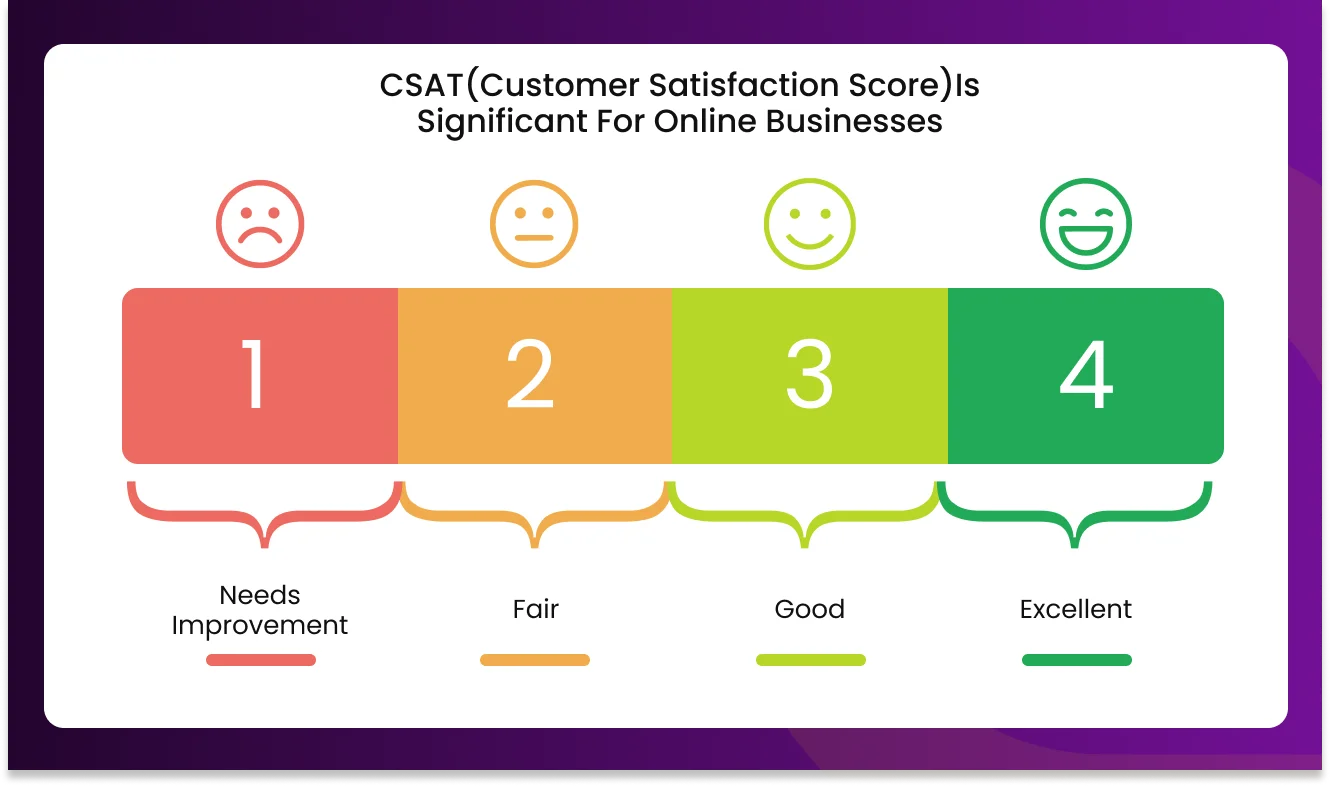 How to Avoid It:
How to Avoid It:
Customer service mistakes may seem small, but their impact on customer experience and sales is massive. From slow response times to ignoring feedback, each misstep costs your business trust and revenue.
The good news? By avoiding these common mistakes and implementing customer service best practices, online businesses can build stronger relationships, higher retention rates, and long-term growth.
Don’t let customer service mistakes cost you sales. With Chattrik, you can deliver faster responses, seamless support, and win customer trust.
Start improving today with Chattrik!
Book a Free DemoLorelei Trisca
Lorelei Trisca is a content strategist, focusing on real-time customer engagement and modern communication tools. She turns complex ideas into practical insights that help businesses build stronger customer relationships.
Explore expert blogs on sales, leads, e-commerce mistakes, and strategies to maximize business success.


Lorelei Trisca
8 min road

A customer visits your site, searches for some...

In the current digital landscape, customer service...

As technology marches on, competition has never...

In the tech-led business world, companies heavily...
Enjoy basic features free and explore premium tools with a 14-day trial Keep buttons same
Start free trial